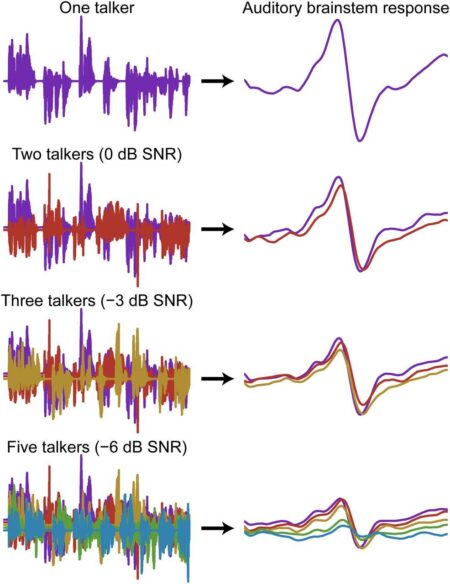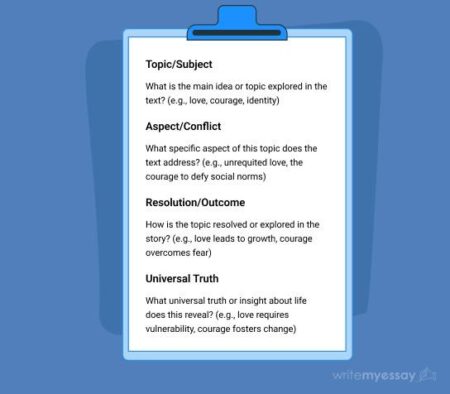Africa’s Largest Dam: A Source of Diplomatic Tensions and Opportunities
In the heart of East Africa, a monumental engineering project is not only transforming the landscape but is also reverberating across the political terrain of the continent. The Grand Ethiopian Renaissance Dam (GERD), now recognized as Africa’s largest hydroelectric facility, has become a focal point of intense diplomatic negotiations among Ethiopia, Sudan, and Egypt. As the dam fills its reservoir, concerns over water rights, resource management, and regional stability have escalated tensions, sparking a complex web of dialogue and disagreement. This article explores the multifaceted implications of the GERD, examining its potential to either forge stronger ties between neighboring nations or exacerbate longstanding disputes over the Nile River’s vital waters. As the stakes continue to rise, the dam’s impact on diplomatic relations offers critical insights into the challenges and opportunities facing Africa in the 21st century.
Africa’s Largest Dam Sparks Regional Tensions Amidst Water Scarcity Concerns
In recent months, the construction and operation of Africa’s largest dam have escalated diplomatic tensions among neighboring countries, raising alarms about water scarcity in the region. This massive infrastructure project, designed to bolster energy production and stimulate economic growth, has become a focal point of contention, particularly between nations reliant on the Nile River’s resources. Key concerns include:
- Downstream Water Rights: Countries like Egypt and Sudan are increasingly apprehensive about the dam’s impact on their water supply.
- Environmental Impact: The ecological consequences of the dam’s reservoir could disrupt local agriculture and biodiversity.
- Political Tensions: Diplomatic negotiations have stalled, exacerbating fears of military confrontations.
Negotiations, which initially held promise for cooperation, have turned contentious, with each nation defending its water rights while seeking assurances on future access. The geopolitical landscape resembles a high-stakes chess game, where alliances are fragile and resource management is paramount. A recent proposal aimed at establishing a fair usage framework was met with skepticism, as stakeholders remain divided. The urgency for a resolution is underscored by rising climate variability and the mounting pressure on water supplies, spotlighting the need for effective regional collaboration to mitigate potential crises. The following table summarizes key positions of the involved countries:
| Country | Position on Dam | Primary Concern |
|---|---|---|
| Egypt | Opposes dam | Water supply reduction |
| Sudan | Seeks negotiation | Flood and drought risks |
| Ethiopia | Supports dam | Energy generation and development |
Evaluating the Economic Benefits and Environmental Impacts of the Grand Ethiopian Renaissance Dam
The Grand Ethiopian Renaissance Dam (GERD) stands at the center of a fierce debate about its economic potential versus environmental sustainability. Economically, the dam promises to be a catalyst for growth, providing an estimated 6,000 MW of hydroelectric power. This capacity is expected to significantly boost Ethiopia’s energy supply, potentially allowing the nation to become a net exporter of electricity to neighboring countries. For local economies, increased access to electricity can stimulate industrial growth, improve agricultural productivity, and enhance living standards by providing energy for homes and businesses. The dam is projected to create thousands of jobs during its construction and operational phases, further lifting the economic prospects of the region.
Conversely, the environmental implications of the dam are a pressing concern. The dam’s construction could lead to ecological disruptions, including changes in local water levels and sediment flow which may affect the Bahir Dar region and the Blue Nile ecosystem. Moreover, downstream nations like Sudan and Egypt have raised alarms about potential adverse impacts on their water supplies, which are heavily reliant on the Nile. Key environmental issues include:
- Impact on fish populations and local fisheries
- Alteration of seasonal flooding patterns
- Potential displacement of communities
To better understand these effects, a comparison of projected benefits and risks can be summarized in the following table:
| Economic Benefits | Environmental Risks |
|---|---|
| Enhances energy availability | Disruption of local ecosystems |
| Job creation in construction and management | Risk of displacement for local communities |
| Potential for regional energy export | Altered sediment flow affecting agriculture |
Diplomatic Pathways: Strategies for Collaborative Water Management in the Nile Basin
The Nile Basin, home to some of Africa’s most significant water resources, requires cooperative strategies to ensure equitable and sustainable water management amongst the riparian states. Collaborative frameworks such as basin-wide forums and bilateral agreements are vital in establishing trust and mitigating conflicts. Engaging local communities in decision-making helps address grassroots concerns and promotes the sustainable use of water resources. Additionally, leveraging science and technology, including satellite tracking and data sharing, can enhance understanding of hydrological dynamics, thus fostering informed decision-making among stakeholders.
To navigate the complex geopolitical landscape, multilateral dialogues involving all Nile Basin countries are essential. These conversations could lead to the development of a comprehensive water-sharing framework that respects the rights and needs of each country. Potential strategies include:
- Establishment of a Nile Basin Water Sharing Agreement
- Development of joint monitoring systems for watershed management
- Implementation of capacity-building programs for technical cooperation
By fostering strong diplomatic relationships and prioritizing mutual benefits, Nile Basin countries can work together to safeguard their shared water resources for future generations.
In Conclusion
In conclusion, Africa’s largest dam is not just a marvel of engineering but a focal point of geopolitical dynamics that underscores the intricate interplay between national interests, regional cooperation, and environmental concerns. As nations navigate the complex waters of diplomacy surrounding the Grand Ethiopian Renaissance Dam, the importance of dialogue and mutual understanding becomes ever more critical. This situation serves as a reminder of the profound impact that infrastructure projects can have on relationships between countries, highlighting the need for collaborative solutions that prioritize both development and sustainability. As the story unfolds, the eyes of the continent remain keenly focused on the negotiations and potential consequences, emphasizing that the waters of the Nile are not merely a resource, but a lifeline connecting diverse nations in a shared future.







